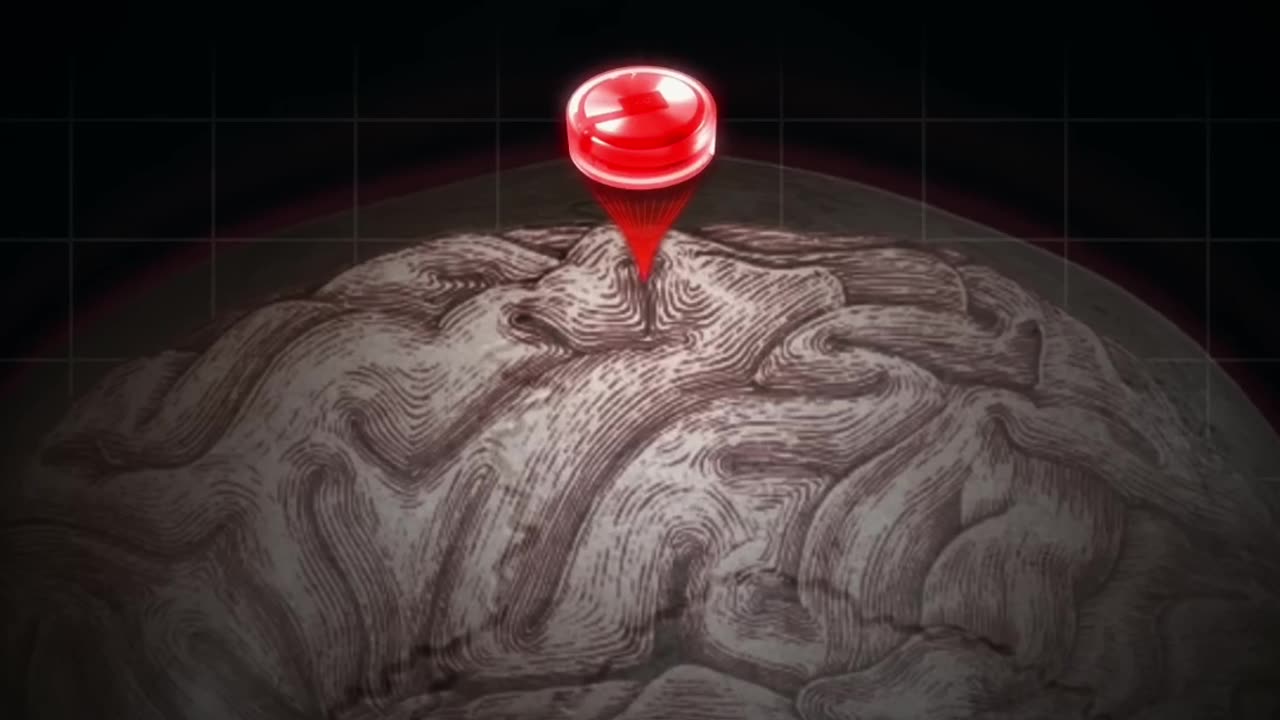Premium Only Content

How Neuralink's R-One Robot Connects Minds to Machines
The video explains the process and impact of Neuralink's brain implant using a robotic system to detect brain activity and improve performance.
[03:56-04:22]
Neuralink's R-One robot inserts 64 threads into the motor cortex of the brain, each thinner than a hair and enabling over 1,000 connections.
During the surgical procedure, Neuralink's R-One robot was used to insert 64 threads into the outer layer of the brain, the cerebral cortex, and specifically, this is targeted into the motor cortex region of the brain, penetrating just a few millimeters deep into the tissue. Each thread is thinner than a human hair and carries 16 electrode sensors, giving the linked device a total of over one thousand connection points into the neural network of Nolan's brain.
[04:22-04:39]
The electrode threads detect bioelectric pulses from neuron activation and transmit data via Bluetooth to a computer.
From here, the electrodes can detect bioelectric pulses created by neuron activation within the cortex layer. The linked device uses signals collected by the threads to create a digital representation of the brain activity that can be transmitted via Bluetooth into a nearby computer device.
[04:39-05:19]
Retracting the threads reduces electrode interfaces, causing a drop in BCI performance, as seen in Neuralink's data charts.
So when the threads retracted from the brain, that decreased the number of electrode interfaces between the link implant and the motor cortex. So losing one thread would be a one point five percent reduction in electrode count. Losing just 3 threads would be nearly a five percent reduction in brain connection. we can see the effect of this in neuralink's own data charts starting late in february the performance of the bci started to drop off we can see that nolan goes from 8 bps down to 5 then four and as low as 3 bps by mid-march but then the number recovers again quickly Nolan bounces back to 6 BPS by around the same time period that Neuralink released the first live stream he was featured in on March, where
[05:19-05:35]
Nolan uses the improved algorithm to play chess with his mind during a live stream, recovering his performance to 8 BPS.
we saw Nolan able to play chess on the stream with his mind. Neuralink explains this by saying that they honed the algorithm to make better use of the limited data being collected from the brain, and we can see that Nolan is quickly back to his original performance of 8 BPS.
-
 DVR
DVR
vivafrei
4 hours agoMadness in Ireland! The War on Women, Children and the Attempt to Silence Whistleblower Jana Lunden!
21.1K5 -
 1:01:41
1:01:41
The Charlie Kirk Show
2 hours agoWhat Did YOU Do This Week? + German Elections | Sen. Scott, Sacks, McCarthy | 2.24.2025
26.4K7 -
 2:15:49
2:15:49
Benny Johnson
3 hours ago🚨 New FBI Deputy Director Dan Bongino Speaking LIVE Right Now After SHOCK Trump, Kash Appointment
109K80 -
 52:36
52:36
The Dan Bongino Show
5 hours agoCutesy Time Is Over (Ep. 2429) - 02/24/2025
1.61M7.56K -
 1:10:46
1:10:46
The Rubin Report
3 hours agoLEAKED: Tense Meeting Details Leaked as MSNBC Lays Off Major Hosts
66.5K118 -
 1:03:25
1:03:25
Timcast
4 hours agoDAN BONGINO Named Deputy FBI Director Under Kash Patel, Deep State & Dem IN PANIC | Timcast LIVE
233K96 -
 2:31:41
2:31:41
Steven Crowder
5 hours ago🔴 Trump Drops a Bombshell: Bongino’s FBI Takeover & Crowder in Germany Exclusive
665K277 -
 1:59:34
1:59:34
LFA TV
1 day agoTIME FOR PAYBACK! | LIVE FROM AMERICA 2.24.25 11AM
115K22 -
![🔴[LIVE TRADING] Bounce or Bust?! || The MK Show](https://1a-1791.com/video/fwe2/ad/s8/1/c/n/q/f/cnqfy.0kob-small-The-MK-Show-Feb.-24th.jpg) DVR
DVR
Matt Kohrs
17 hours ago🔴[LIVE TRADING] Bounce or Bust?! || The MK Show
73.7K3 -
 1:03:25
1:03:25
Kyle Fortch
5 hours ago $2.47 earnedRick Barker: Managing & Developing Taylor Swift, Breaking Artists Today & MORE | THE ONE SHEET S1E5
98.6K1